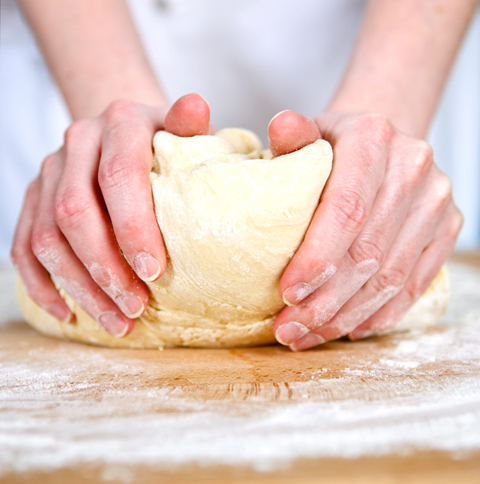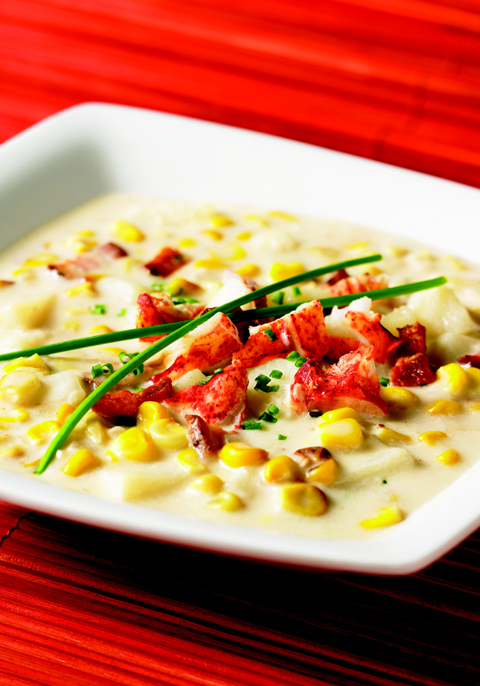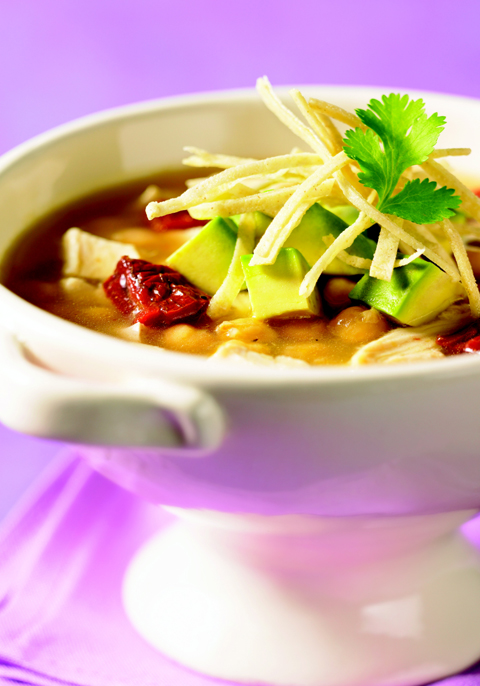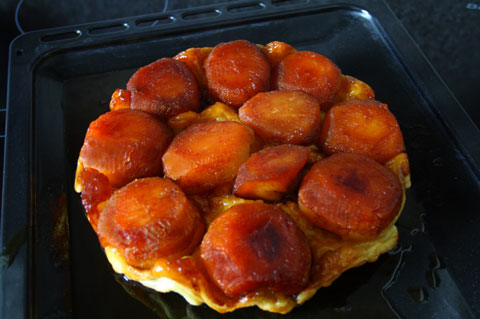
There are few recipes that will impact your life as deeply as a good pizza dough recipe will. Once you’ve found it and mastered it, the world is your pizza. Cracker thin or thick and doughy, a little sauce or a lot, sun-dried tomatoes or thin sliced fresh, you can now make pizza to please you and only you. It will be the best tasting pizza you ever ate, even if the crust isn’t perfectly round or worse, it’s in the shape of Argentina, no worries.We like to make our dough in the stand mixer or food processor, but it can easily be mixed up by hand as well. The basic Margherita is our pizza of choice, but we also love to improvise and have lately topped with sautéed greens, sausage and Monterrey Jack or roasted red pepper sauce with caramelized onions, Kalamata olives and feta cheese.
Makes two 12-inch pizza shells
1 tablespoon granulated sugar
1 package (7 g) dried yeast
1-1/3 cups warm water 110 degrees F
1 tablespoon extra virgin olive oil
3-1/3 cups unbleached flour
1 tablespoon salt
Cornmeal for dusting
Place pizza stone or unglazed tiles on rack in oven. Preheat oven to 450ºF.
Add the sugar and yeast to the warm water and stir. Allow the water-yeast mixture to sit for about 3 or 4 minutes and when foamy on top, add the olive oil. Stir.
Place the flour and salt in the bowl of the stand mixer and with the paddle mix on speed 2 to blend the salt evenly into the flour. Quickly pour the yeast-water into the bowl and mix on speed 2 until the dough comes together. Switch out the paddle and with the dough hook, knead the dough until smooth and elastic and it cleans the sides of the bowl, about 3 minutes. Remove the bowl from the mixer, cover with plastic wrap or a clean dish towel and let rest for 45 minutes or until doubled in size. Deflate the dough with your hands and cut into two pieces.
With a rolling pin roll one piece of the dough out on a floured surface until about 16-inches round. Transfer the dough to a peel or cookie sheet with no sides. Open the oven door and place the front edge of the peel to the back edge of the stone. Tilt the peel slightly and pull it back toward you (kind of like the magician who pulls the tablecloth from under a table laid with dishes) effectively transferring the pizza to the stone. Close the oven and bake for about 2 minutes or until the dough has firmed up. To retrieve the pizza, just reverse the movement by sliding the peel under the partially cooked pizza, scooping it up. Top the pizza with the desired toppings and return it to the oven in the same manner. Cook the pizza for about 12 to 15 minutes or until the cheese is golden and the bottom is crispy. Transfer the pizza to a cutting board and let rest for about 3 minutes before slicing.
Repeat with second piece of dough.
Pizza possibilities
Red peppers, Kalamata olives and feta cheese
Tip: The reason we partially bake the pizza before topping it is because once the dough is on the peel, it begins to attract moisture. In the time it takes to top a pizza, the dough might stick to the peel, making a mess of trying to get it onto the hot stones. By quickly laying the dough on the peel and immediately getting it into the oven, you will be guaranteed that it won’t stick and make a mess of your oven, floor and stone.
Tip: Topping possibilities are endless. You can top pizza with almost anything, but here are a few tips: We like to use a combination of grated mozzarella, fontina, and Parmesan cheeses. For pizza sauce, you can use the basic tomato sauce recipe, but we also like to use pesto. If you are adding fresh tomatoes, make sure you have sliced them thinly, so they cook properly.
Tip: Baking pizza on a hot pizza stone or tiles gives the best result, and if you plan on making pizza once in a while the pizza stone and peel are well worth the investment. If you don’t own either of those tools though, you can still make a good pizza. Prepare the pizza directly on top of a baking sheet, place in the oven and cook for 5 minutes, or until the pizza dough has stiffened a bit. Then slide the whole thing off the baking sheet and directly onto the oven rack and continue cooking until the bottom is crisp and the top is golden and bubbly.
Make-ahead: The dough can be made a day ahead and kept in a bowl, tightly covered with plastic wrap in the refrigerator for 24 hours. The dough can also be frozen for up to 4 weeks. Thaw overnight in the refrigerator.



















